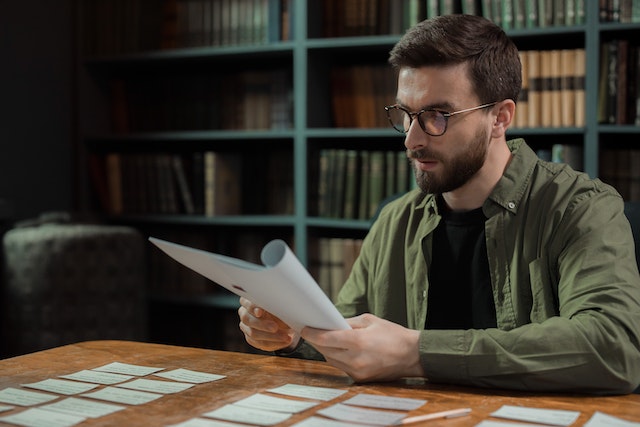Driving Long-term Transformation

GUEST POST from Art Inteligencia
In today’s rapidly evolving business landscape, organizations face constant pressure to adapt, innovate, and drive sustainable change. While change is inevitable, the ability to lead transformations that have a long-term impact is the mark of exceptional leaders. Sustainable change leadership requires a holistic and forward-thinking approach, rooted in a deep understanding of the organization’s goals and values. This article explores the essence of sustainable change leadership and illustrates its effectiveness through two case study examples.
Case Study 1: Ford Motor Company – A Shift towards Sustainable Mobility
The automotive industry is undergoing a significant transformation to address the challenges of environmental sustainability. Ford Motor Company took a proactive stance by embracing sustainable change leadership to navigate this shift successfully. Recognizing the long-term viability of electric vehicles, Ford committed to becoming a leader in the field by investing $11 billion in electric vehicle (EV) production.
Ford’s CEO, Jim Farley, adopted a holistic approach to drive this transformation. By prioritizing sustainable mobility and integrating it into the company’s core values, he fostered a culture of innovation and personal responsibility. The change was not just about technology or manufacturing; it was a comprehensive shift that required the engagement of employees, suppliers, consumers, and even policymakers.
This sustainable change leadership approach not only helped Ford stay ahead of its competitors but also contributed to positive environmental impact. By 2030, Ford aims to have 40% of its global vehicle volume to be fully electric. This commitment to long-term transformation, driven by sustainable change leadership, positions Ford as a frontrunner in the sustainable mobility revolution.
Case Study 2: Unilever – Scaling Sustainability with Purpose-Driven Leadership
As a multinational consumer goods company, Unilever recognized the critical need to integrate sustainability throughout its operations. Under the leadership of CEO Alan Jope, Unilever adopted a purpose-driven approach to sustainable change leadership. By aligning the company’s purpose, “making sustainable living commonplace,” with its business strategy, Unilever transformed its operations to reduce its environmental footprint while simultaneously growing its business.
One aspect of Unilever’s sustainable change leadership is its commitment to reducing waste and enhancing recycling. The company launched initiatives like the “Less Plastic, More Fantastic” campaign, which aimed to help eliminate plastic waste and promote recycling. Through innovations such as recyclable packaging and ingredient sourcing, Unilever reduced its global plastic footprint by over 100,000 tons.
Unilever’s purpose-driven sustainable change leadership has not only improved its brand reputation but also boosted profitability. By insisting that sustainability is not a mere add-on but an integral part of its business strategy, Unilever has built customer loyalty and attracted environmentally conscious consumers. This case study exemplifies how sustainable change leadership can drive significant, long-term transformation while creating positive societal impact.
Conclusion
Sustainable change leadership is a vital quality for leaders who aim to make a lasting impact by driving transformation within their organizations. The case studies of Ford Motor Company and Unilever showcase the efficacy of sustainable change leadership in driving long-term transformation. By emphasizing sustainability as a core value and incorporating it into business practices, these organizations have not only adapted to emerging trends but have also set the standard for their respective industries. Consequently, sustainable change leadership acts as a catalyst for organizational growth, customer loyalty, and a more sustainable future.
Bottom line: Futures research is not fortune telling. Futurists use a scientific approach to create their deliverables, but a methodology and tools like those in FutureHacking™ can empower anyone to engage in futures research themselves.
Image credit: Pixabay
![]() Sign up here to get Human-Centered Change & Innovation Weekly delivered to your inbox every week.
Sign up here to get Human-Centered Change & Innovation Weekly delivered to your inbox every week.
